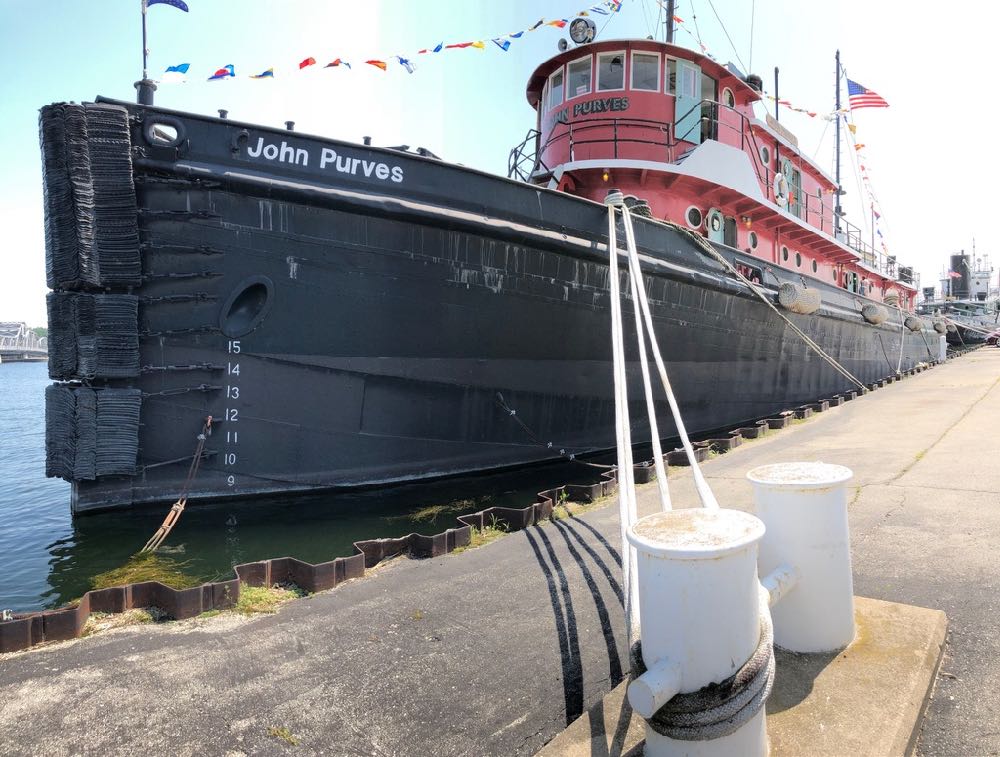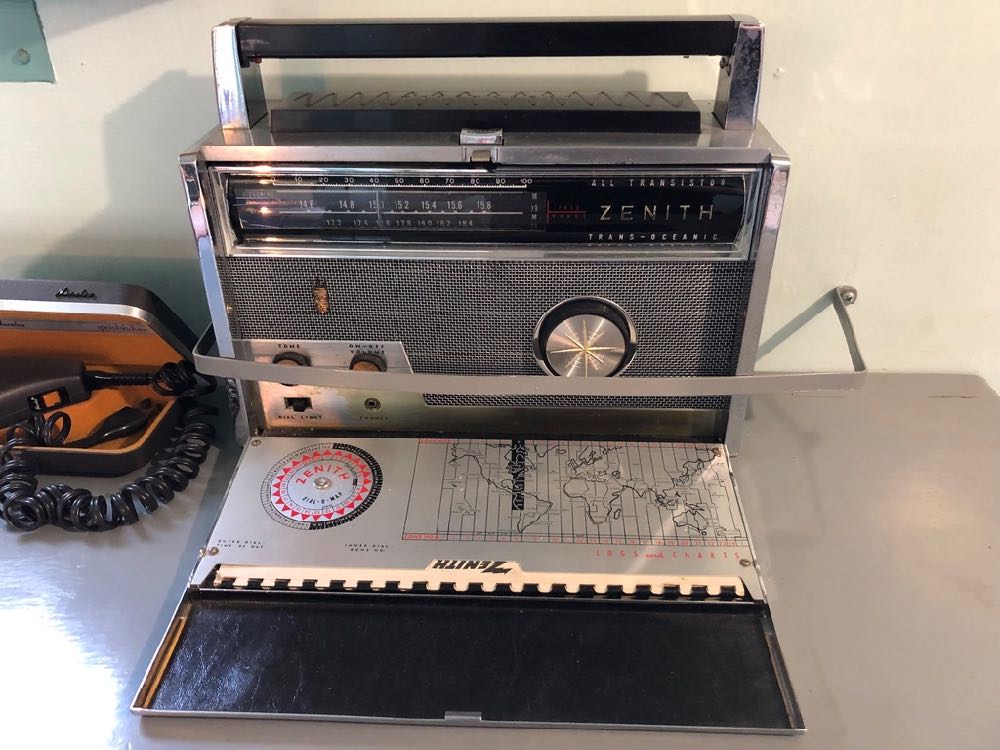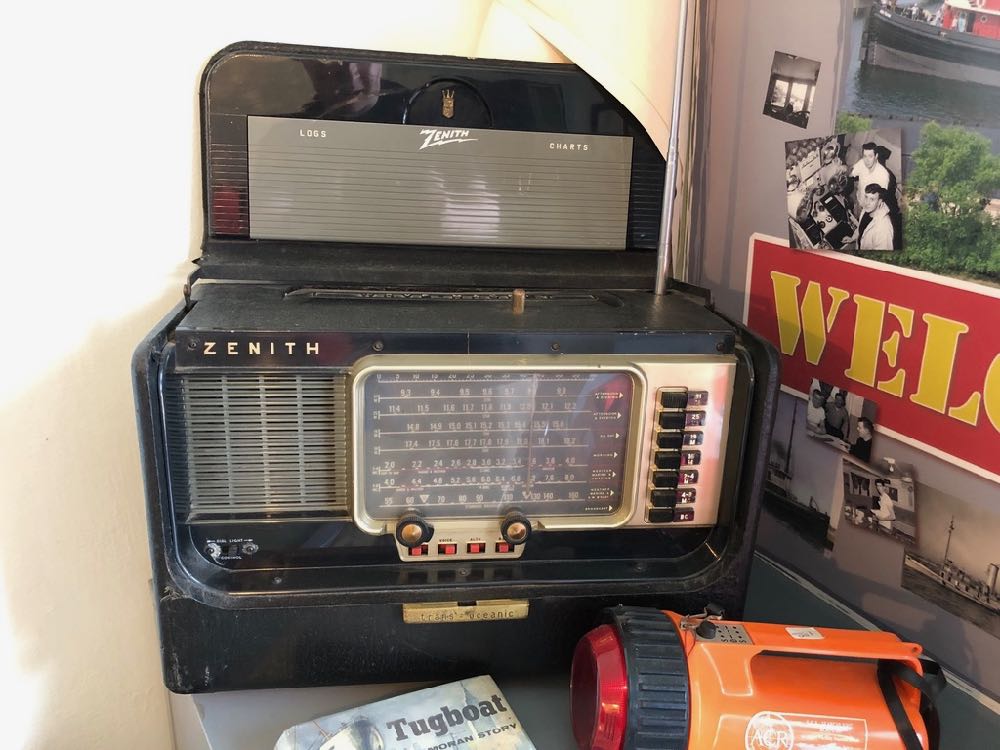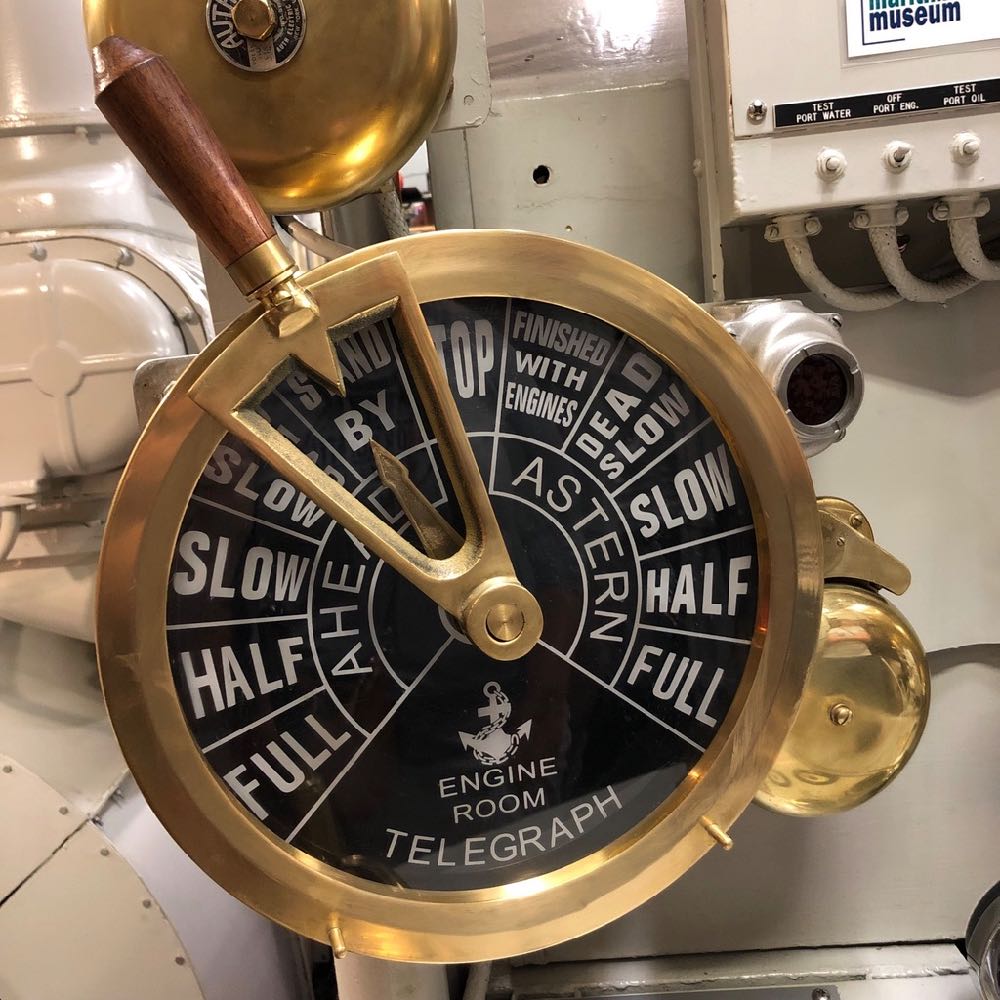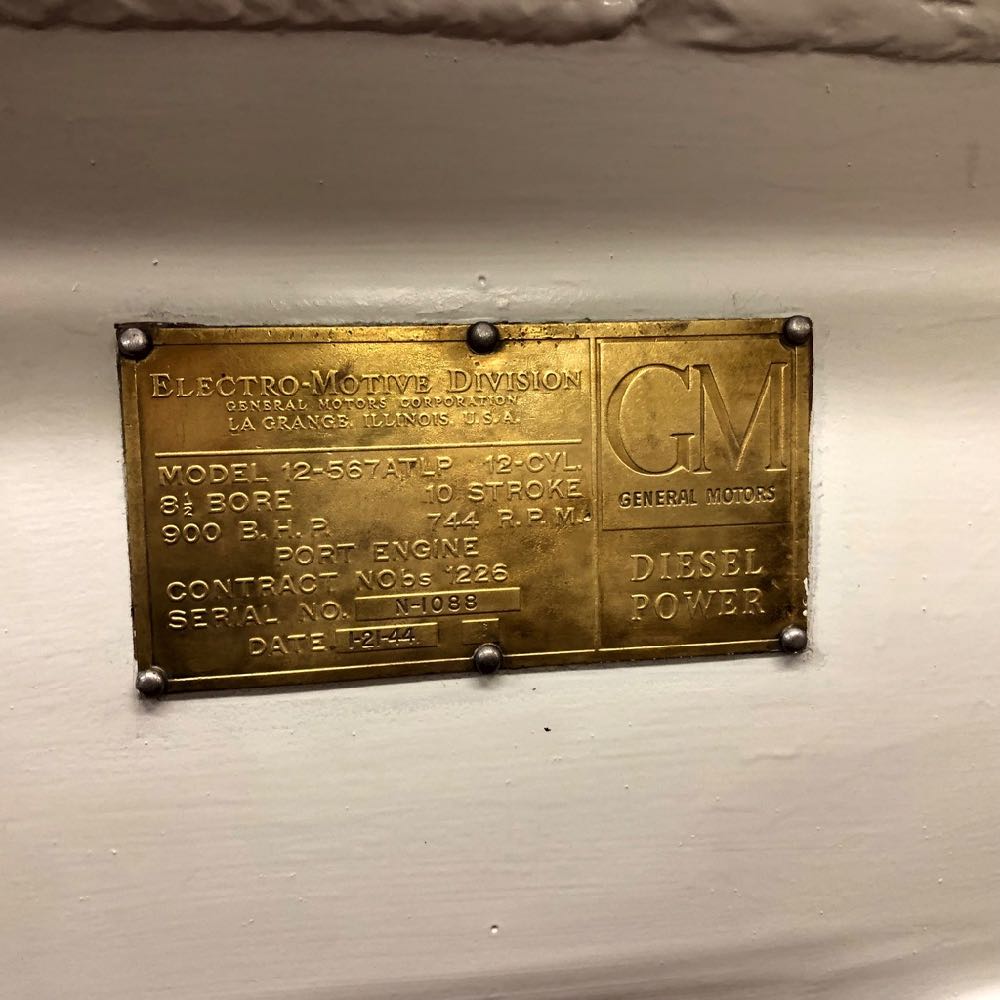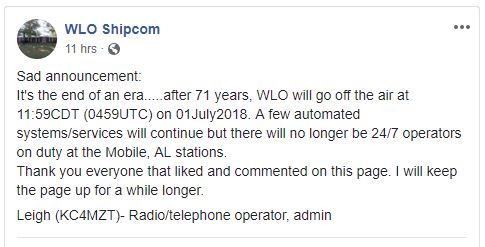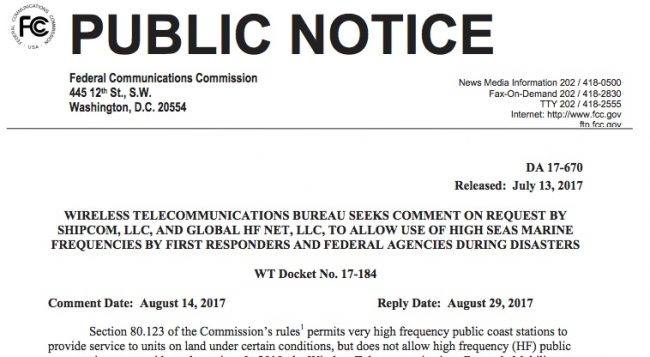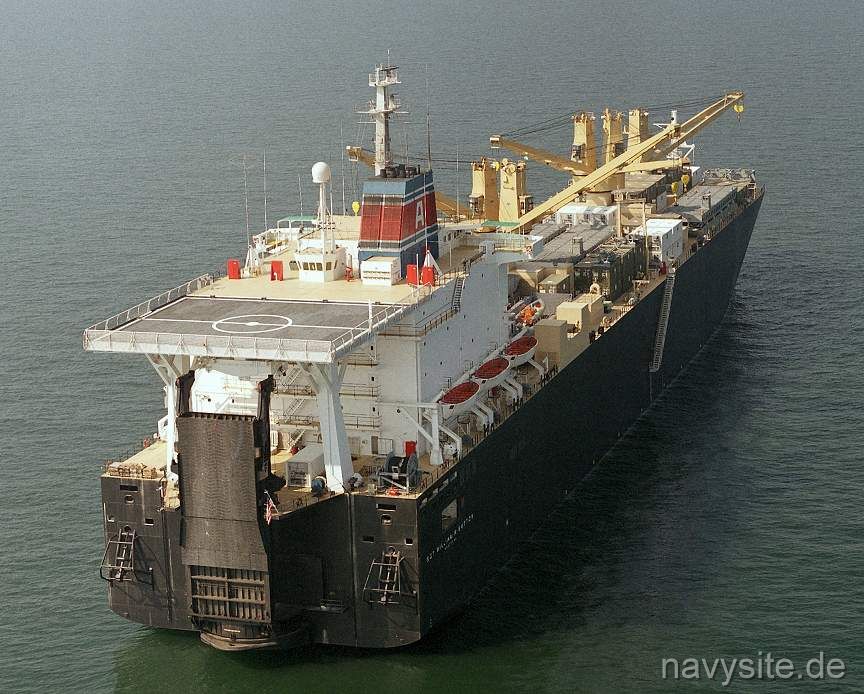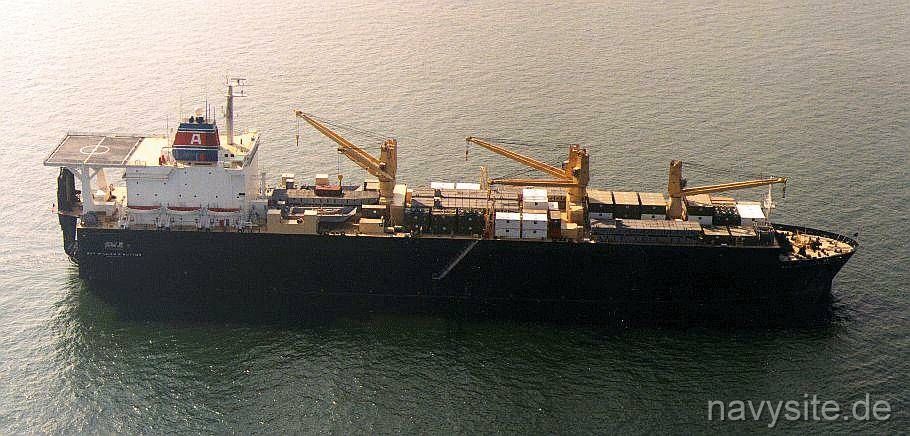Many thanks to SWLing Post contributor, Michael (BD4AAQ) who shares the following guest post:
 Shanghai Coast Radio Station (XSG):
Shanghai Coast Radio Station (XSG):
Those Giant Antennas!
The 17th of May is the World Telecommunication Day. It is also the open day of Shanghai Coast Radio Station. On this day, a group of amateur radio operators were invited to visit the transmission facility, a huge antenna farm, of the radio station, located on Chongming Island of Shanghai, the third largest island in China.
Google Satellite Photo
The transmission site of Shanghai Coast Radio Station is as shown below in the map of Chongming Island. Other sites of the station include a central control/receive station in Zhangjiang, a receive station on Hengsha Island and some VHF base stations in a number of other locations. All these locations in Shanghai, linked via cable and microwave connection, form Shanghai Coast Radio Station, also known by its callsign as XSG.
(Google map of transmitter location for Shanghai Coast Radio Station. Note the antenna farm on the left.)
Presentation by Station Officials
Fifteen or so local hams were cordially invited to have a tour of the station. The radio enthusiasts were greeted by station representatives, including Mr Wan, Mr Wang, Mr Zhou and Mr Niu (BH4BFS), who also gave them an overview of the coast radio station’s history and development.
Antenna Farm
Mr Wang then showed the visitors around the antenna farm. Many of us, myself included, saw and were deeply impressed with these huge antennas for the first time! Indeed, many professional radio facilities and operators of similar coast radio stations work quietly around the globe and around the clock to provide for distress, navigational, business and personal communications needs of ships!
[Click on images to enlarge.]
The antennas cover a wide range of frequencies, from MF, HF, to VHF and UHF. Many of them are, however, shortwave (HF) antennas.
Transmitter Room
(I placed a Tecsun PL-330 radio near the transmitter at 12380.1 kHz (weather fax). The signal strength, in dbu, is 96. Given the margin of error of the receiver’s display, that’s probably as high as it could go.)
Shanghai Coast Radio Station (XSG) operates on a wide range of frequencies. Its HF frequencies include 4207.5, 4209.5, 4215.5, 4369, 6312, 6326, 6501, 8414.5, 8425.5, 8770, 8806, 12577, 12637.5, 13176, 13188, 16804.5, 16898.5 and 17407 kHz. Of particular note is that they have kept a CW frequency of 8665 kHz for general broadcast of information on a 24 hour basis.
The station’s VHF phone service covers 25 nautical miles of the coast. Its MF NAVTEX covers 250 nautical miles of the coast. And its HF phone and weather fax and HF NAVTEX extend to 1,000 nautical miles.
History and Current Status
Founded in 1905, Shanghai Coast Radio Station has been around 119 years. The XSG callsign has since remained in use.
China has in place DSC watch and NAVTEX broadcast in coast stations (including XSG) in accordance with GMDSS requirements. Among services provided by XSG are Radio Telephony (RT), Narrow Band Direct Printing (NBDP), “Voice of the East China Sea Coast” (voice broadcast on 161.600 MHz and 8806 kHz) and marine radio weather fax. The station is without a doubt one of the largest coast radio stations in the Asia Pacific region and plays an essential role in the region’s marine safety and communications.
QSL Cards
Shanghai Coast Radio Station issues QSL cards in Chinese and English, traditionally in paper form and nowadays electronically.
(This is an electronic QSL card issued to a Shanghai listener, who received their signal over the radio. Examples of QSL cards in English can be found online.)
Show Room
[Click on images to enlarge.]
Ham Station
Mr Niu of Shanghai Coast Radio Station, one of the tour’s organisers, is a ham himself with callsign BH4BFS. According to him, there are intentions to start a ham radio station within the establishment, possibly incorporating the letters XSG. However, there is much work to be done to make it happen. An amateur radio station with overlapping callsigns with a professional one would be really charming.























